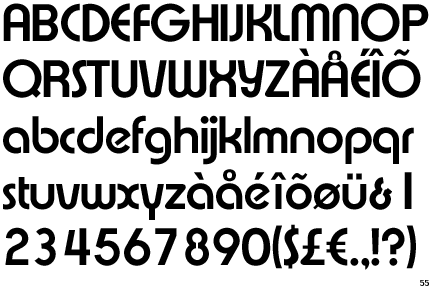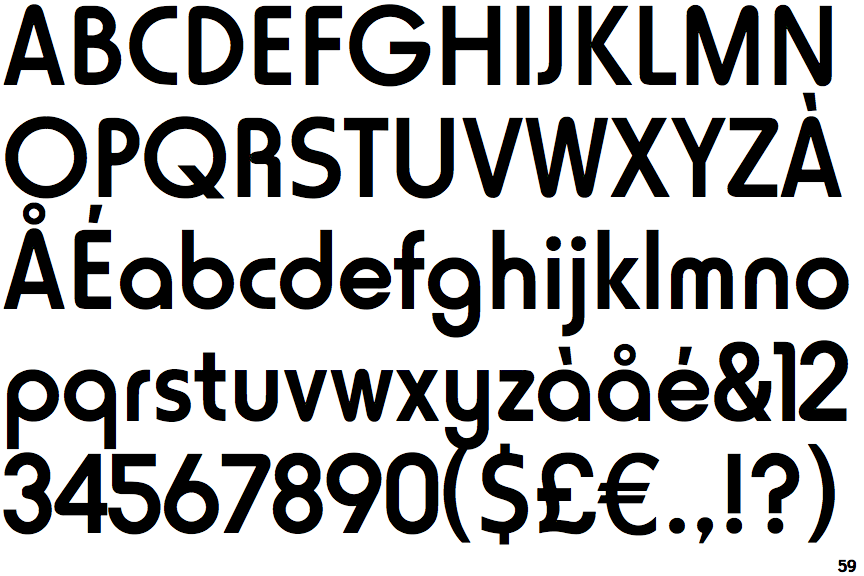Differences
Expressa
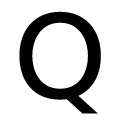 |
The upper-case 'Q' tail touches the circle.
|
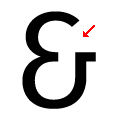 |
The '&' (ampersand) looks like 'Et' with a gap at the top.
|
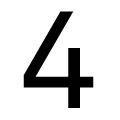 |
The '4' is open.
|
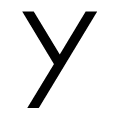 |
The upper-case 'Y' right-hand arm forms a continuous stroke with the tail.
|
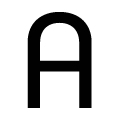 |
The upper-case 'A' has parallel verticals.
|
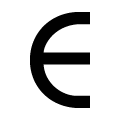 |
The upper-case 'E' is drawn as a 'C' with a bar.
|
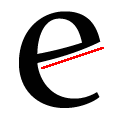 |
The lower-case 'e' has a straight angled bar.
|
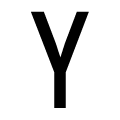 |
The tail of the lower-case 'y' is symmetrical.
|
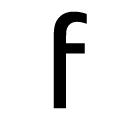 |
The bar of the lower-case 'f' is single-sided.
|
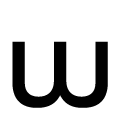 |
The centre strokes of the lower-case 'w' form one centre stroke.
|
There are more than ten differences; only the first ten are shown.
Note that the fonts in the icons shown above represent general examples, not necessarily the two fonts chosen for comparison.
Show ExamplesLinotype Horatio
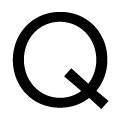 |
The upper-case 'Q' tail crosses the circle.
|
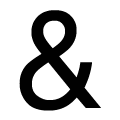 |
The '&' (ampersand) is traditional style with two enclosed loops.
|
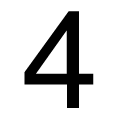 |
The '4' is closed.
|
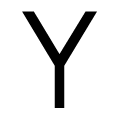 |
The upper-case 'Y' arms and tail are separate strokes.
|
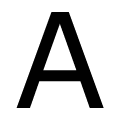 |
The upper-case 'A' has tapered verticals.
|
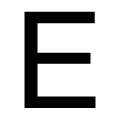 |
The upper-case 'E' is normal letter shape.
|
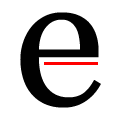 |
The lower-case 'e' has a straight horizontal bar.
|
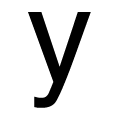 |
The tail of the lower-case 'y' is curved or U-shaped to the left.
|
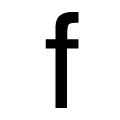 |
The bar of the lower-case 'f' is double-sided.
|
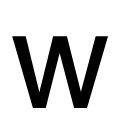 |
The centre strokes of the lower-case 'w' meet at a vertex.
|
